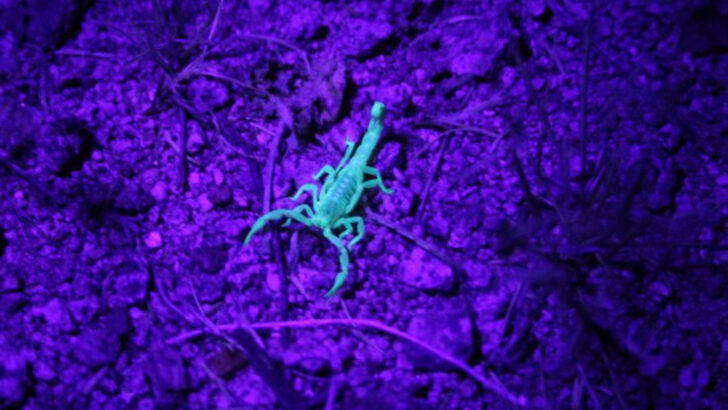The American Southwest is hiding creatures you won’t find anywhere else on the planet. We’re talking venomous lizards, glowing scorpions, and fish that survive in a single desert pool. These animals aren’t just rare—they’re true survival specialists, clinging to life in scorched canyons, underground caverns, and isolated mountain pockets. Some are shy and secretive. Others are bold, bizarre, and unlike anything you’ve ever seen. Each one tells a story of extreme adaptation in one of the harshest environments in North America. So grab your sunhat—and maybe a flashlight—because these 14 creatures only live in the American Southwest. And they’re not going anywhere else.
Arizona Bark Scorpion
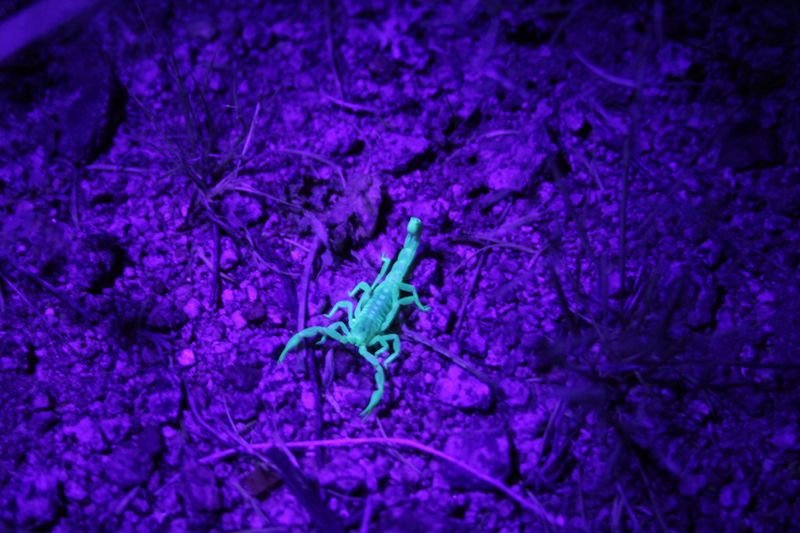
Glowing under the moonlight, the Arizona Bark Scorpion intrigues with its tiny yet formidable presence. This elusive creature, endemic to the Sonoran Desert, holds the title of the most venomous scorpion in the United States. A nocturnal predator, it prowls the desert floor, seeking insects to satisfy its hunger. During the day, it hides away, avoiding the sun’s relentless heat.
With a sting that can be dangerous to humans, caution is advised when encountering this scorpion. Despite its fearsome reputation, it plays a crucial role in controlling insect populations in its desert habitat.
Gila Monster
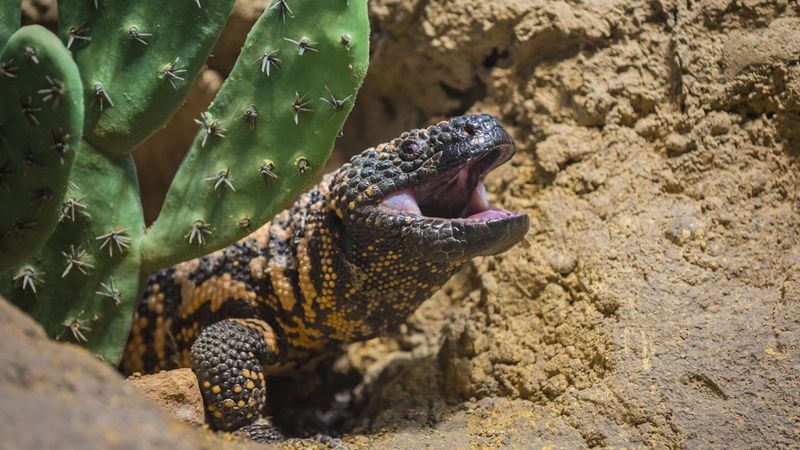
The Gila Monster is the only venomous lizard native to the U.S.—and it’s found only in the deserts of the American Southwest. With its bold black-and-pink skin, this slow-moving predator prefers solitude, spending much of its life underground. It emerges to hunt small mammals, eggs, and birds.
Though feared by some, its venom has been used in medicine—most famously to treat diabetes. It’s a living symbol of the Southwest’s wild, mysterious power.
Devils Hole Pupfish
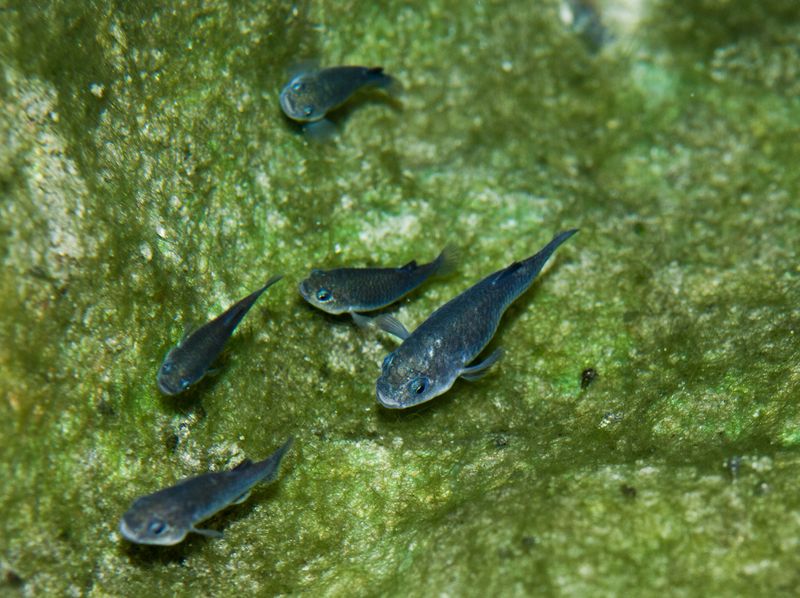
Within a secluded water-filled cavern in Nevada’s Death Valley National Park, the Devils Hole Pupfish thrives. This critically endangered species is renowned for its vibrant blue coloration and diminutive size. Living in such an isolated environment, it has adapted to the cavern’s limited resources and extreme conditions.
Its population fluctuates with the water’s temperature and availability of food. Conservation efforts are ongoing to preserve this unique fish, given its precarious status and limited habitat. Its resilience in such a harsh environment speaks to the adaptability of life in the Southwest.
Arizona Ridge-Nosed Rattlesnake
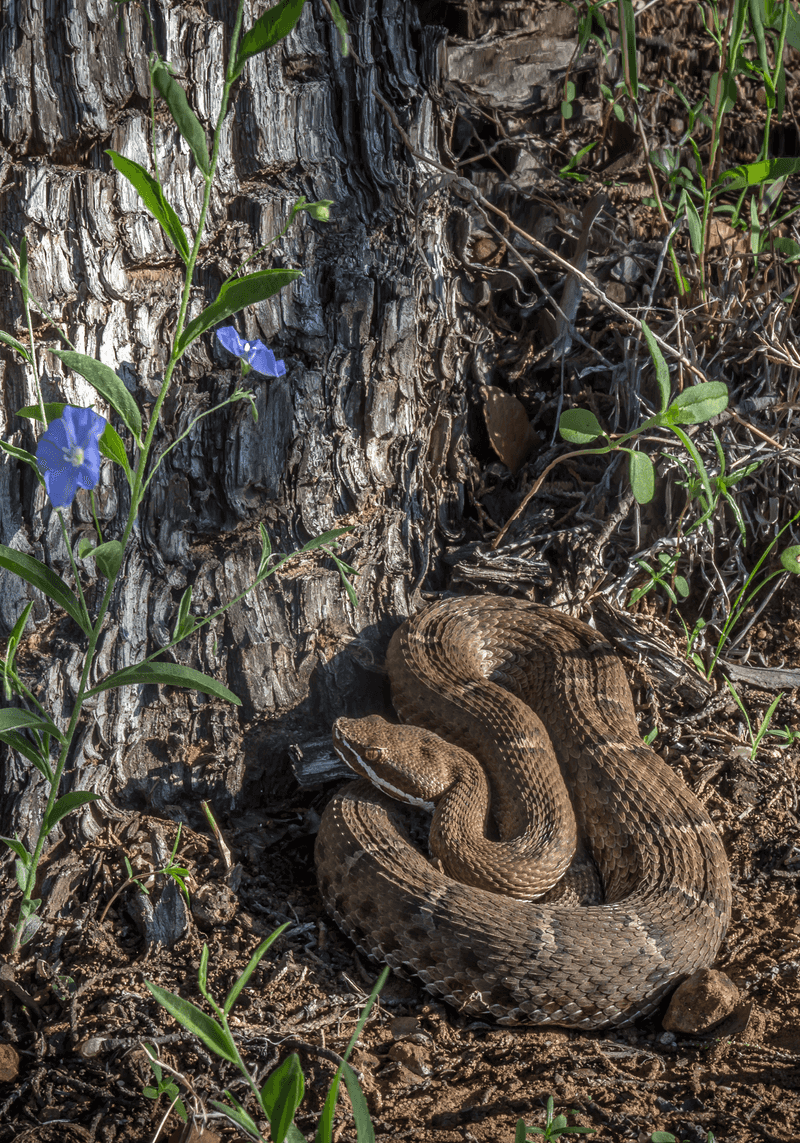
Nestled among the forested canyons of the Southwest’s sky islands, the Arizona Ridge-Nosed Rattlesnake is a rare find. As Arizona’s official state reptile, this snake’s subtle beauty lies in its delicate ridge-nosed scales and cryptic coloration, which help it blend into its surroundings.
It relies on its camouflage and patient hunting skills to capture prey, primarily small mammals and birds. The snake’s presence is a testament to the unique ecological niches found within the sky islands. Conservation efforts focus on preserving its habitat from human encroachment and environmental changes.
Chiricahua Leopard Frog
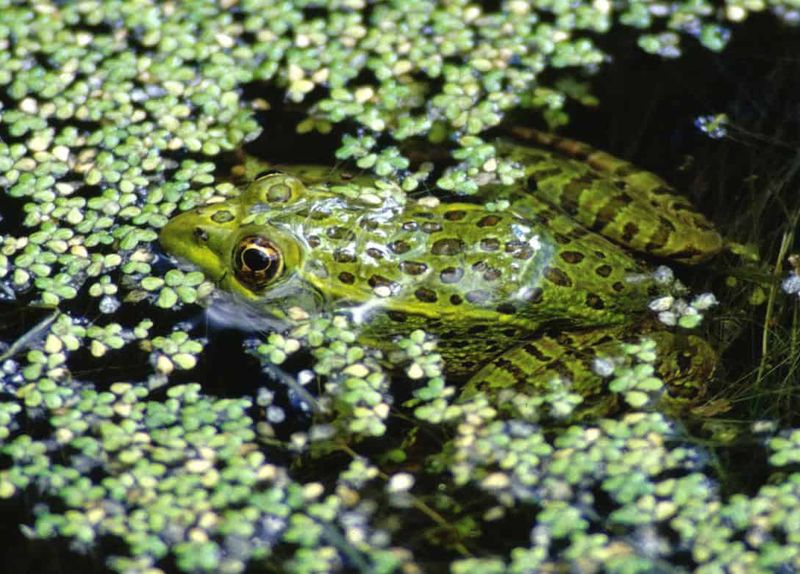
The Chiricahua Leopard Frog, with its vivid green and brown patterns, inhabits the wetlands of southern Arizona and southwestern New Mexico. This amphibian is increasingly rare due to habitat loss and disease, making it a focus for conservationists.
Its melodious calls fill the night air, a reminder of the delicate balance within these ecosystems. The frog’s life cycle is closely tied to the availability of clean water, making it an indicator of environmental health. Conservation strategies include habitat restoration and disease management to ensure the frog’s survival.
Bendire’s Thrasher
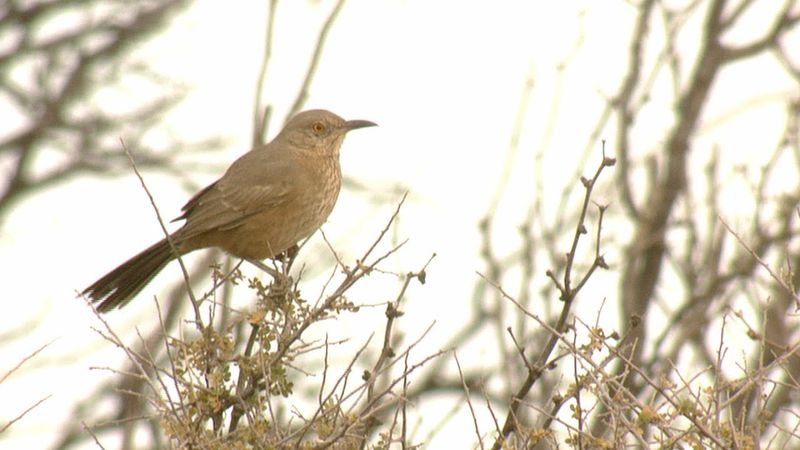
Bendire’s Thrasher, a songbird of the arid brushlands, captivates with its melodic tunes. Found in the deserts of the American Southwest, it constructs nests in low bushes, camouflaged from predators.
Its adaptability to harsh desert conditions is remarkable. The Thrasher’s diet includes insects and seeds, gleaned from the sparsely vegetated landscape. Its call is a distinctive series of varied notes, piercing the still desert air. Conservation efforts aim to maintain its habitat, ensuring this melodious resident continues to thrive amidst the rugged beauty of the Southwest.
White Sands Pupfish
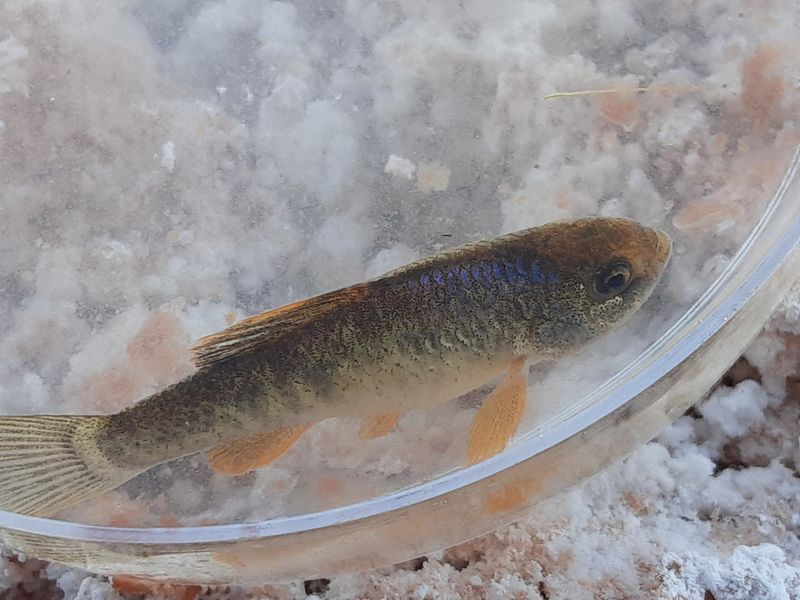
In the stark beauty of New Mexico’s White Sands, the White Sands Pupfish thrives in saline springs and streams. This small fish, resilient against fluctuating salinity and temperatures, is a marvel of adaptation.
Its existence is confined to a few isolated water bodies, making it highly vulnerable to environmental changes. The unique landscape of White Sands provides both refuge and challenge to this species. Conservationists work to monitor and protect its delicate habitat, ensuring the pupfish remains a vital part of the region’s biodiversity.
Bolson Tortoise
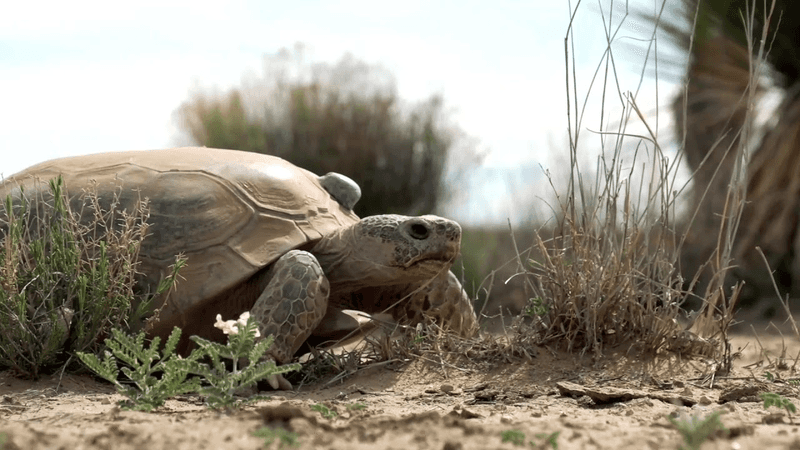
The Bolson Tortoise, once extinct in the U.S., has found a new lease on life through reintroduction efforts in southwestern New Mexico. This slow-moving reptile is an emblem of survival, adapted to harsh desert environments.
It spends much of its time in burrows, escaping the desert’s extreme temperatures. The tortoise’s diet consists mainly of grasses and cacti, sustenance gathered from the sparse landscape. Conservation programs focus on habitat protection and population monitoring to ensure its continued presence in this corner of the Southwest.
Grand Canyon Black Tarantula
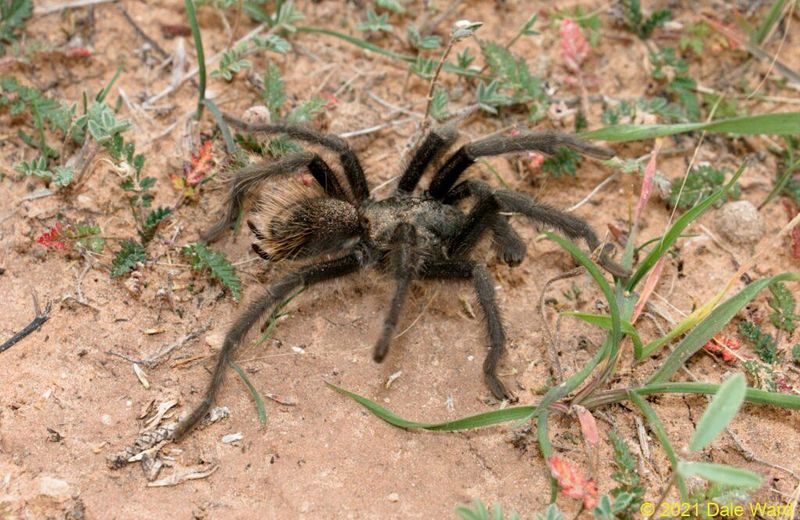
Emerging from the shadows of the Grand Canyon, the Black Tarantula captivates with its mysterious allure. This arachnid, endemic to the region, is rarely seen outside its rocky domain.
With a body covered in dark, hairy bristles, it moves deliberately in search of prey. The tarantula plays a vital role in the ecosystem, controlling insect populations. Despite its intimidating appearance, it is rarely aggressive towards humans. Conservation efforts focus on preserving its natural habitat and understanding its ecological role within the canyon’s complex environment.
Jerusalem Cricket
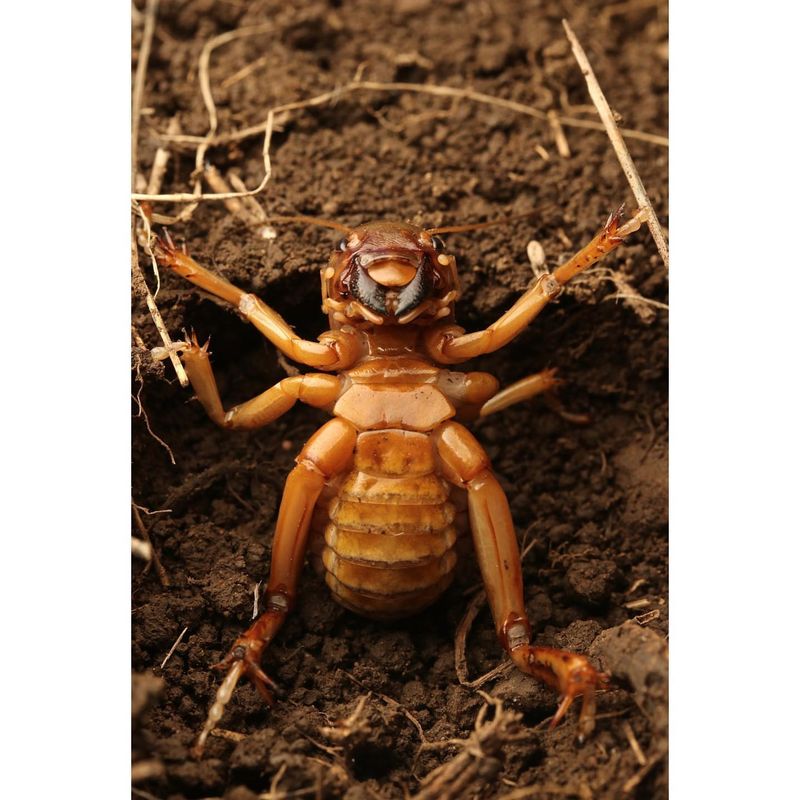
The Jerusalem Cricket, an oddity of the desert, is not a true cricket but a burrowing insect with a distinctive appearance. Found in the dry soils of the Southwest, it is known for its large head and strong jaws.
Despite its somewhat fearsome look, it poses no threat to humans. It primarily feeds on plant roots, contributing to soil aeration and nutrient cycling. Myths and folklore surround this creature, often called “child of the earth.” Its role in the desert ecosystem underscores the interconnectedness of life in arid landscapes.
Mount Graham Red Squirrel
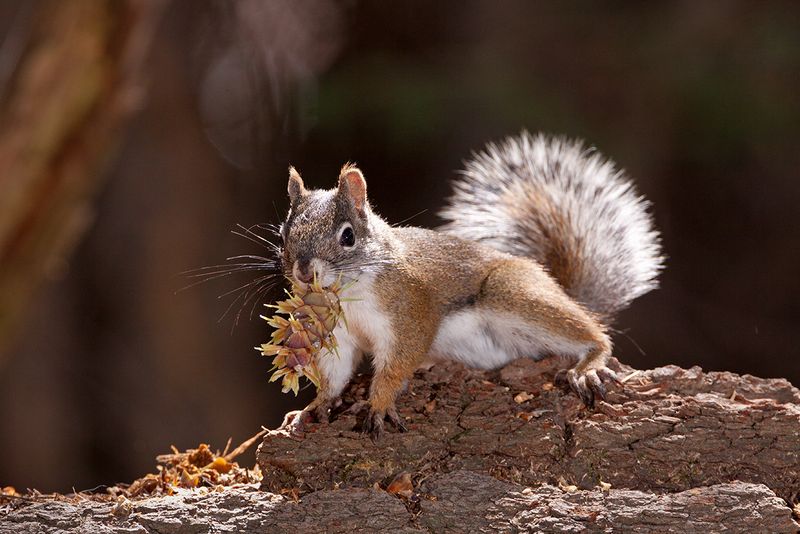
High in the Pinaleño Mountains of southeastern Arizona, the Mount Graham Red Squirrel scurries amidst the dense forest canopy. This squirrel, with its bushy tail and alert demeanor, faces threats from habitat loss and competition.
A symbol of resilience, it caches seeds and cones to survive the harsh winters, playing a crucial role in forest regeneration. Conservationists focus on protecting its habitat from logging and development, recognizing the squirrel as an indicator of ecosystem health. Its continued presence is vital to maintaining the biodiversity of the region.
Banded Gila Monster
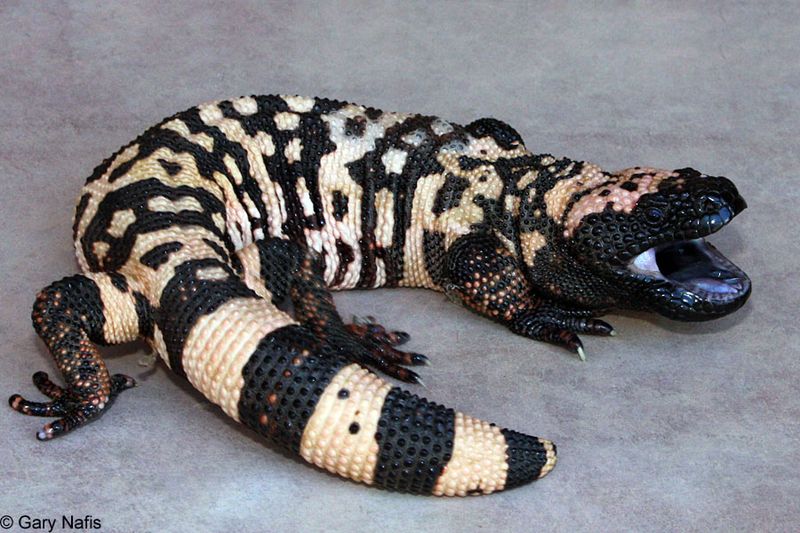
The Banded Gila Monster, a subspecies of the enigmatic Gila Monster, displays a striking banded pattern across its robust body. Found in the Sonoran Desert, it is an elusive creature that prefers solitude.
This lizard’s venomous bite deters predators, although it poses little threat to humans. It spends most of its life in burrows, emerging to hunt for eggs, small mammals, and carrion. Conservation efforts focus on habitat preservation and reducing human-lizard conflicts to ensure the species thrives in its arid home.
Franklin’s Bumblebee
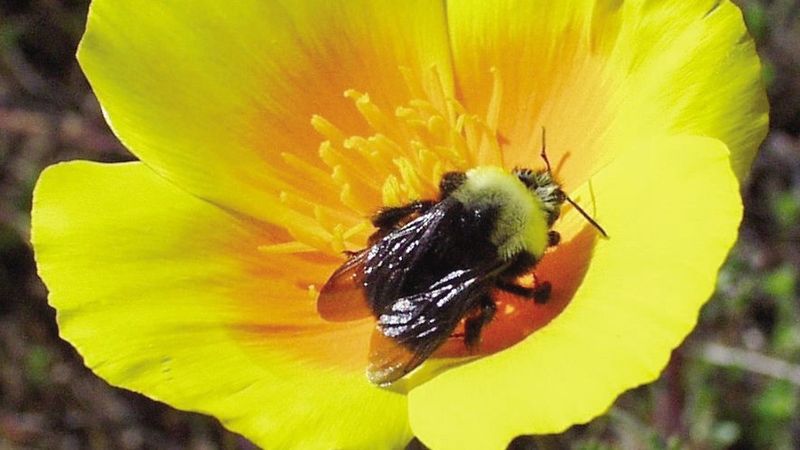
Franklin’s Bumblebee, with its distinctive black and yellow markings, is one of the world’s rarest bumblebees. Found only in a small region around southern Oregon and northern California, it plays a vital role in pollination.
Its population has declined due to habitat loss, pesticides, and disease, prompting urgent conservation efforts. The bee’s delicate presence serves as a reminder of the interconnectedness of ecosystems and the need for biodiversity preservation. Conservationists work tirelessly to protect its habitat and encourage its return to the wildflower meadows.
Harvester Ant
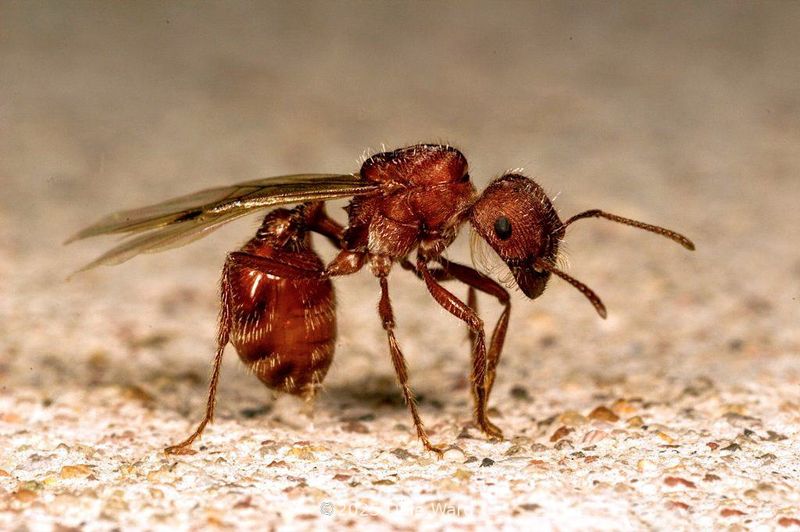
The Southwest Desert Harvester Ant, a keystone species in the Chihuahuan and Sonoran Deserts, shapes the ecosystem through its seed collecting activities. These industrious ants are essential for soil health and plant distribution.
Their nests, marked by cleared patches of ground, are complex structures that support diverse communities of insects. Despite their painful sting, they are crucial for maintaining desert biodiversity. Conservationists study their interactions with other species to understand the delicate balance of desert life and the impact of environmental changes.

